I live outside Pittsburgh, home to fans who bleed the black and gold of the Steelers, Penguins and Pirates (OK, well maybe not the Pirates, who have been mired in mediocrity for most of the twenty-first century). Surprisingly, though, I’ve discovered the most joy as a sports fan bringing my six-year-old son, Bates, to watch the minor league Wheeling Nailers hockey team play in the barebones, nearly fifty-year-old Wesbanco Arena.
I came late to hockey, having played baseball through two years of college. It wasn’t until my early-thirties that — living in Washington, DC and fueled by the hockey mania that gripped the nation’s capital in the early days of the Alex Ovechkin era — I learned to skate and eventually graduated to beer leagues.
It was one of the most unexpected, and best, decisions I ever made, and I grew to embrace the sport with the zeal of a convert.
That is how, nearly a decade later, living outside Pittsburgh and the father of a son who is beginning to develop his own affection for the game, we discovered the East Coast Hockey League’s Wheeling Nailers, who occupy the bottom rung of minor-league hockey. Virtually none of the players will ever suit up with an NHL team, and yet the games have become a fixture on our winter calendar. The magnetic schedule I put on our refrigerator each October serves as a reassuring reminder that no matter how dreary and short the days of the impending Pittsburgh winter will be, there are also outings to Nailers games to look forward to.
On game day, there was sense of happy anticipation as Bates gathered his stuffed Nailers mascot and foam #1 finger and loaded into the car for the now-familiar hour-long drive to Wheeling. Our positive energy stood in contrast to the passing landscape of crumbling old mills and power plants belching smoke that dot the banks of the Ohio River. As we entered downtown Wheeling, we were greeted by a dispiriting number of boarded-up buildings before we eventually arrived at the antiquated arena.
After parking free of charge just outside, we quickly reached the ticket window where there was no line, just a friendly woman who lamented how the Penguins had played that day as she handed us tickets to seats right on the ice for $23 (by contrast, the same ticket to a Penguins home game would run you well over $200).
The arena was only about half full, and so there was plenty of room to make ourselves comfortable and for Bates to scamper around. Despite the great seats, we were surrounded by regular people, Carhartt clothing and camo caps more common than the trendy attire worn by the wealthy businesspeople who populate the front rows of most major professional sporting events. Many of the fans seemed to be regulars, chatting amiably with each other (except when pausing to shout at the refs over a bad call or heckle players in the opponent’s penalty box). The fans spanned generations, ranging from older grandparents to parents trying to control rambunctious toddlers.
Though Bates was bummed to learn we’d missed a rare goalie fight the previous night, we were greeted with exciting play, our proximity to the ice — we could hear the players shouting to each other and slamming into the boards — more than making up for the disparities in talent between these players and their NHL counterparts. My six-year-old son couldn’t make out the difference between Sidney Crosby and an ECHL journeyman anyway. In his eyes, they were both big, cool-looking hockey players who can skate fast and shoot hard.
We’ve established a routine at the games that is reassuring in its constancy. First, Bates always tugs on my arm to chase down Spike, the big red dog that serves as the Nailers’ mascot. He is always easy to find and more than happy to pose for some photos. Sadly, I know the days of Bates finding so much happiness in the embrace of a mascot are numbered, and my predisposition to sentimentality will make his transition from eager and innocent little boy to more seasoned young hockey fan tough to witness.
When Bates gets hungry, we grab a scoop of Superhero ice cream, which is both affordable and easily accessible. I grab a beer from West Virginia’s Big Timber Brewing. There is something more satisfying in spending money I know will remain in the local economy as opposed to being extracted by an enormous multi-national corporation enjoying billions in annual revenue.
The uncrowded concourses on the way to the concessions are lined with monuments to local sports “legends,” from famed “Pistol Pete” Maravich to once celebrated, but long forgotten, high school wrestlers. There is a nostalgic charm in memorializing hundreds of now anonymous local athletes though, the community tied to its past with an intimacy that is often absent from the more homogenous corporate feel of major professional sports; franchises that are increasingly owned by outside billionaires (the Penguins were recently purchased by the Fenway Sports Group based in Boston!) whose connections to the local community are tenuous at best.
Returning to our seats, Bates was fully engaged with the action. You couldn’t not be, with players crashing into the boards a few feet in front of us every few minutes, eliciting howls of approval from a nearby peanut gallery of hecklers. One shouted “Don’t forget to pick up your teeth!” to the delight of his compadres after an especially violent collision. When the Nailers scored, there was a chorus of “Hey goalie, you suck!” Perhaps not the most wholesome refrain for my young elementary schooler, but one that he nonetheless adopted with mischievous gusto.
Because minor league clubs like the Nailers can’t rely on star power to fill the seats, they need to develop creative promotions, such as the Super Nailers World theme night (an ode to Super Mario Brothers), complete with free video game stations in the concourse. There is also an annual Wizards and Wands Night, which draws thousands of Harry Potter fans of all ages who are assigned to sections of the arena named after the four houses of Hogwarts, with “butterbeer” served to adults in attendance.
On this Sunday, the Nailers fell to the visiting Cincinnati Cyclones 3-2. Though momentarily discouraged by the defeat, Bates quickly moved on as he and I retreated to a cinderblocked room in the bowels of the arena to put on some skates and join the players for the regular Sunday postgame skate. I’d been a tad worried the team would be less than thrilled to skate laps with kids following their hard-fought loss, but they greeted the youngsters with compliant smiles as they skated alongside them and stopped to sign autographs.
This was a symbiotic relationship. The players, who were truly playing for love of the game (they only earned about $575 a week and needed to supplement it with additional work in the off-season), enjoyed the adulation of the kids, while the kids reveled in the attention they were getting from these “pros.”
I watched Bates beam as a Nailers player, still soaked in postgame sweat, knelt down to sign his jersey. Bates’s smile alone would have been worth his $23 ticket. Had this been an NHL game, I would have instead been corralling him through tens of thousands of exiting fans to navigate our way to a packed parking lot and through thick postgame traffic, as the millionaire players showered and prepared to head to the airport to board a charter jet to a luxury hotel in the next city.
There is a charm to Nailers games, despite the dated amenities and dearth of elite talent. It can be felt, but is hard to explain, as it doesn’t stem from the hockey or amenities so much as the simple human connections we all hunger for, but are too often absent from our increasingly fragmented contemporary American life. Minor league teams like the Nailers are civic assets, bringing communities like Wheeling — that have experienced tough economic times in recent decades — together for affordable fun.
So, before you shell out hundreds of dollars to attend a major professional sports event, find the minor league team closest to you and bring your family and friends to a game. You won’t regret it!



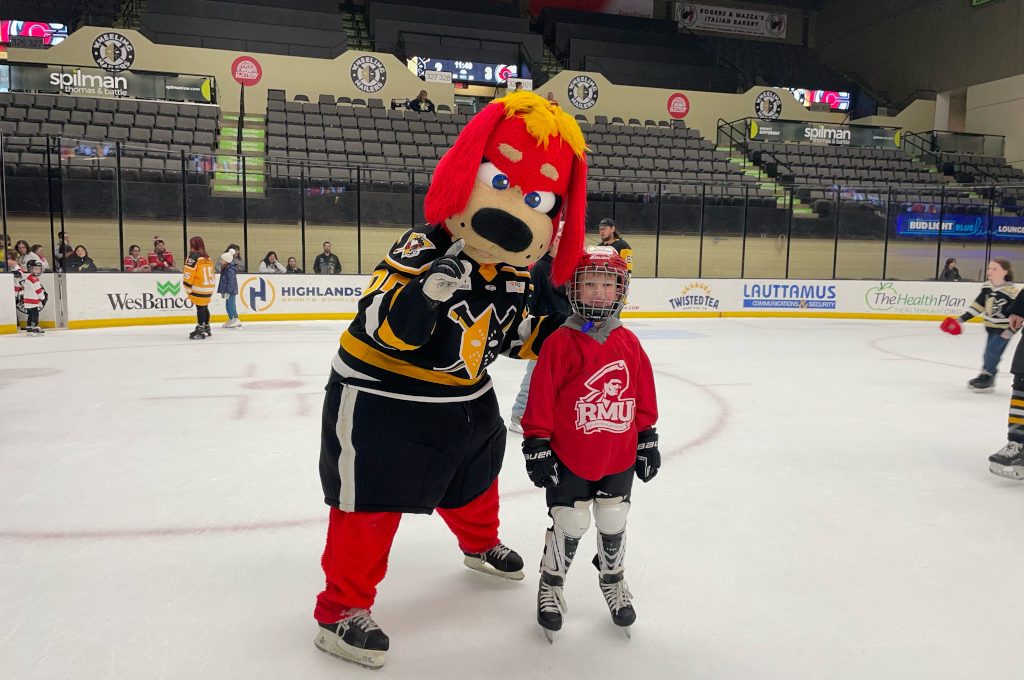







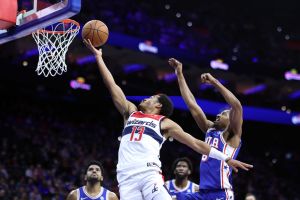

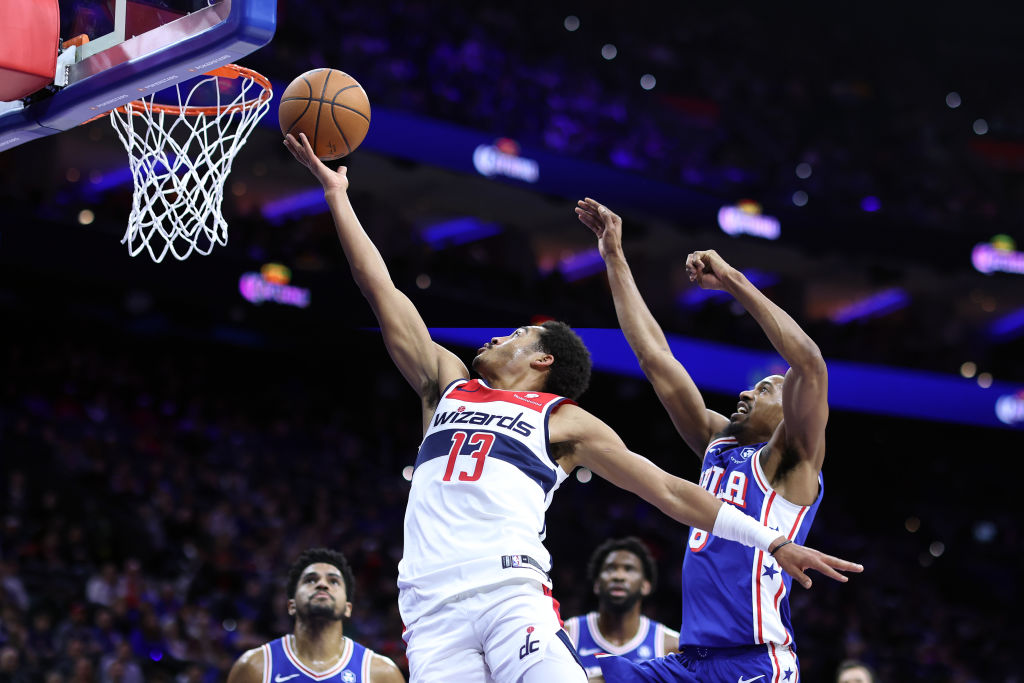
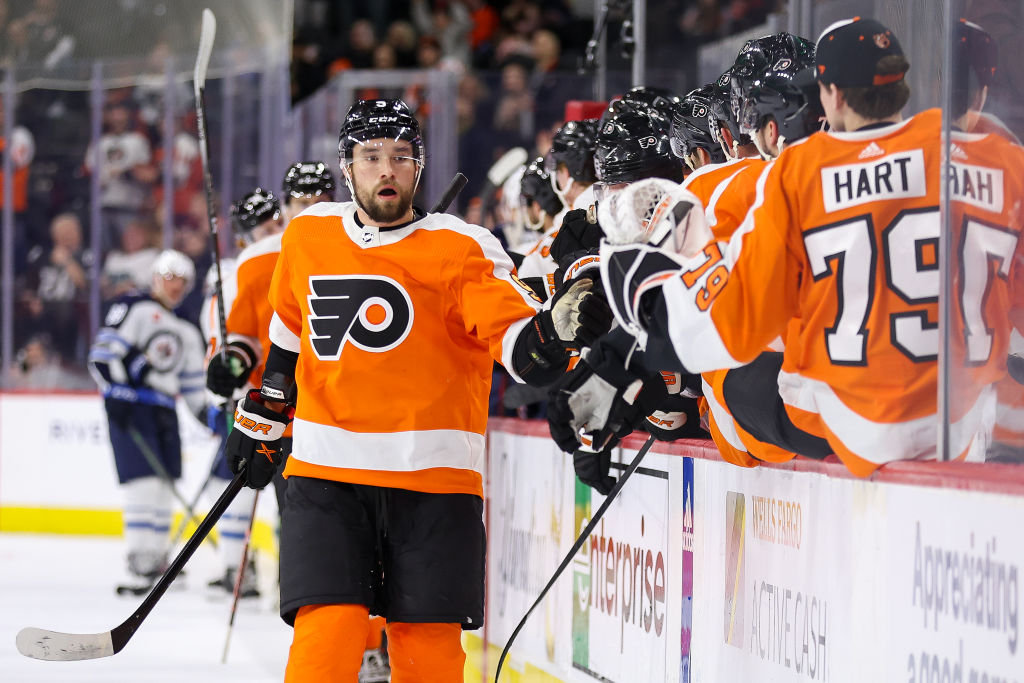
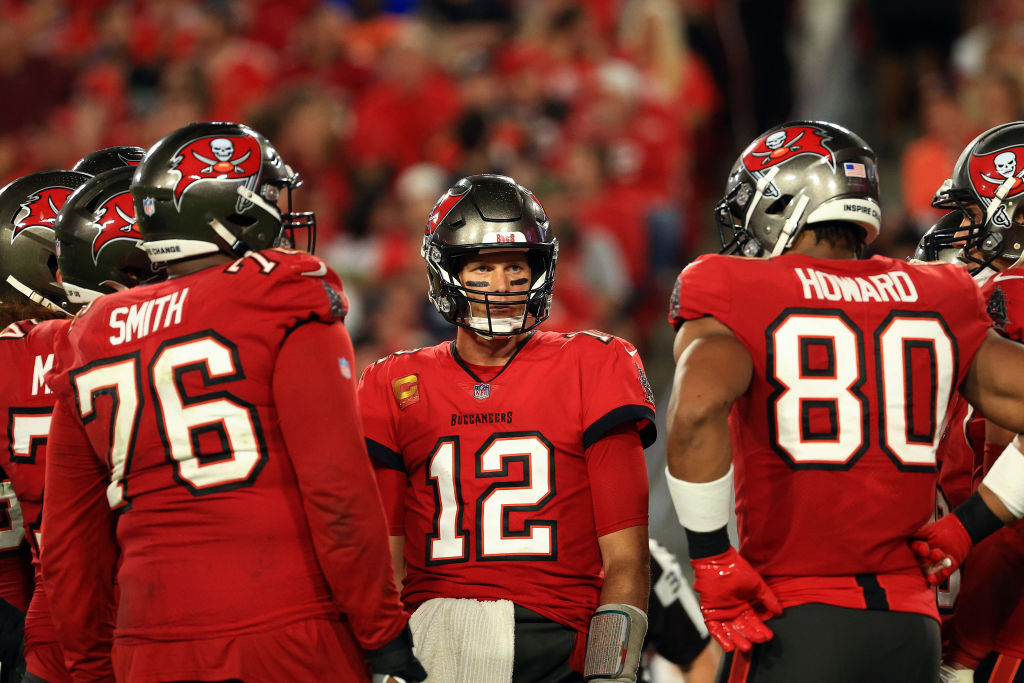
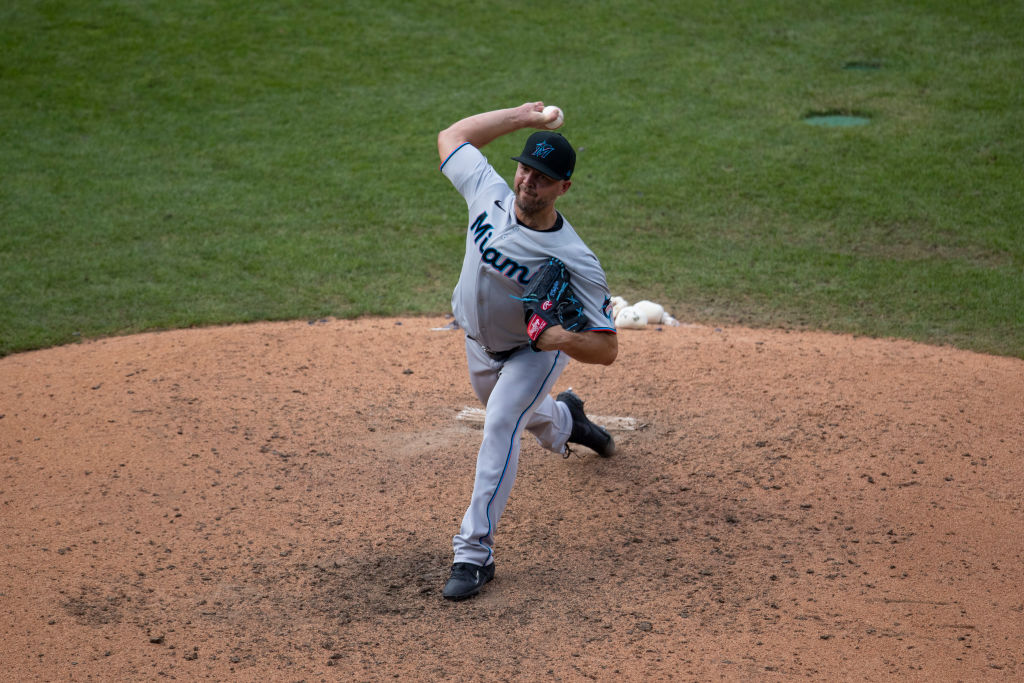







Leave a Reply